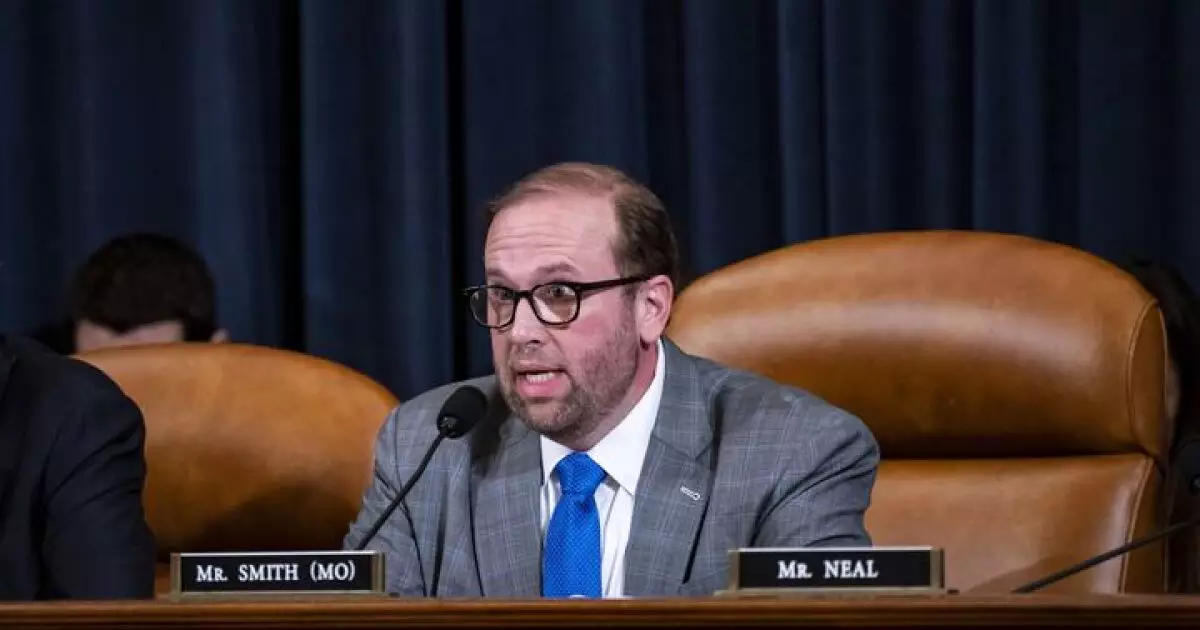The Complex Landscape of Higher Education: Analyzing the Impending Risks and Opportunities in the Wake of November’s Elections

The upcoming November elections hold significant implications for the landscape of higher education, positioning colleges and universities at a crossroads amidst shifting political dynamics. With an administration and Congress likely to embark upon tax reforms in the following year, the traditional notions of tax treatment for nonprofit institutions are at risk of undergoing substantial changes. This article explores the tensions and prospects for the higher education sector, which is already grappling with internal challenges and external political pressures.
Recent assertions from House Republicans have spotlighted the tax-exempt status of nonprofit colleges and universities. Lawmakers have criticized higher education institutions for their perceived lack of accountability, particularly amidst ongoing national discussions regarding social justice and equity on college campuses. During congressional hearings focused on these challenges, high-profile university leaders faced intense scrutiny, leading to resignations as a direct consequence of the political backlash. This scrutiny highlights a growing disconnect between higher education institutions and legislative bodies, which are increasingly concerned with revenue generation in light of the nation’s fiscal challenges.
The economic landscape complicates this dynamic even further. Reports have indicated a disturbing rise in loan defaults within the private higher education sector, with notable figures revealing it to be the third largest contributor to gross par impairments in 2023, trailing only behind the retirement home and hospital sectors. Such financial distress contributes to a wider narrative of inequality as the sector increasingly divides into well-resourced institutions and those struggling to remain viable.
Tax Reform: A Crucial Concern for Higher Education
The looming tax reforms pose an existential threat to many institutions, particularly as House Republicans have proposed significant changes to the tax treatment of endowments. A leading proposal introduces an increase in the excise tax on investment income for large endowments—from a mere 1.4% to an eye-watering 35%. Such reforms could decimate the financial stability of certain elite institutions unless they adapt swiftly to the changing legal landscape.
Simultaneously, there is a bipartisan recognition of the need for increased tax revenue, rendering higher education a target for future legislation. Higher education advocates are keenly aware of the potential ripple effects which could unfold if either party successfully leverages its influence for legislative change. The ongoing discussions around tax-exempt status and the potential restructuring of financial benefits could usher in a new era of accountability for institutions that have long enjoyed relatively unchecked privileges.
As the financial environment shifts, the implications for state and local funding for higher education are profound. The dissolution of pandemic-related stimulus support, paired with inconsistent state revenues and the urgency to cap the state and local tax (SALT) deduction, will likely strain the already tenuous relationship between federal assistance and state funding for education. Historically, state budgets have imposed the brunt of financial austerity on higher education, and the waning federal commitment exacerbates the risks associated with budgetary constraints.
Compounded by increasing operating costs and an anticipated enrollment downturn, these challenges compel institutions to re-examine their financial strategies and operational frameworks. An alarming trend emerging from recent assessments indicates a disproportionate rate of debt downgrades over upgrades across institutions, further underscoring the fragile state of the sector. As discussed in various reports, the bifurcation of the higher education landscape is becoming increasingly evident. While certain public colleges enjoy relative health, many smaller private institutions, particularly in certain geographic regions, face existential threats.
Given these multifaceted challenges, the strategic priorities for higher education advocates become glaringly clear. As negotiations unfold in the aftermath of the election, the focus must shift to preserving institutional funding, advocating for responsible tax treatment, and fostering collaboration between federal and state entities. Strengthening alliances among various stakeholders, including university leadership, legislative bodies, and the communities they serve, will be critical to mitigating the impending pressures.
Adapting to the new political landscape demands flexibility in governance models and reevaluation of financial strategies to promote sustainability. Institutions must enhance their accountability metrics and invest in innovative approaches that resonate with broader societal trends. By proactively engaging with legislative debates and providing evidence-based arguments for the value of higher education, institutions can better position themselves to weather the storm of political and economic uncertainty.
As the November elections approach, the higher education sector must navigate a treacherous landscape filled with political scrutiny, financial instability, and persistent inequalities. This multifaceted crisis presents opportunities for profound transformation and partnership, provided stakeholders are willing to engage creatively and thoughtfully with the challenges ahead. Higher education stands at a pivotal moment; the choices made now will shape its future for generations to come.





